
Why don’t bird houses have back doors? Or side doors? Every bird house I have seen has only one front door, a single entrance. Why? Is it just tradition, or do birds prefer it that way? When a bird builds a nest in a tree there is easy access to the nest from every direction, 360 degrees. So, why restrict access to a bird house to only a single direction?
I looked online, but didn’t find any formal research on this subject. It really isn’t a burning scientific issue, I suppose. So, over the years, I’ve questioned ornithologists and knowledgeable birders on this topic, and received a variety of opinions. Some people (I refer to as the traditionalists) felt a single entrance hole made the most sense, but others (New Age birders) said “Yeah, why?” and were certain that birds would prefer houses with multiple doors if they were available.
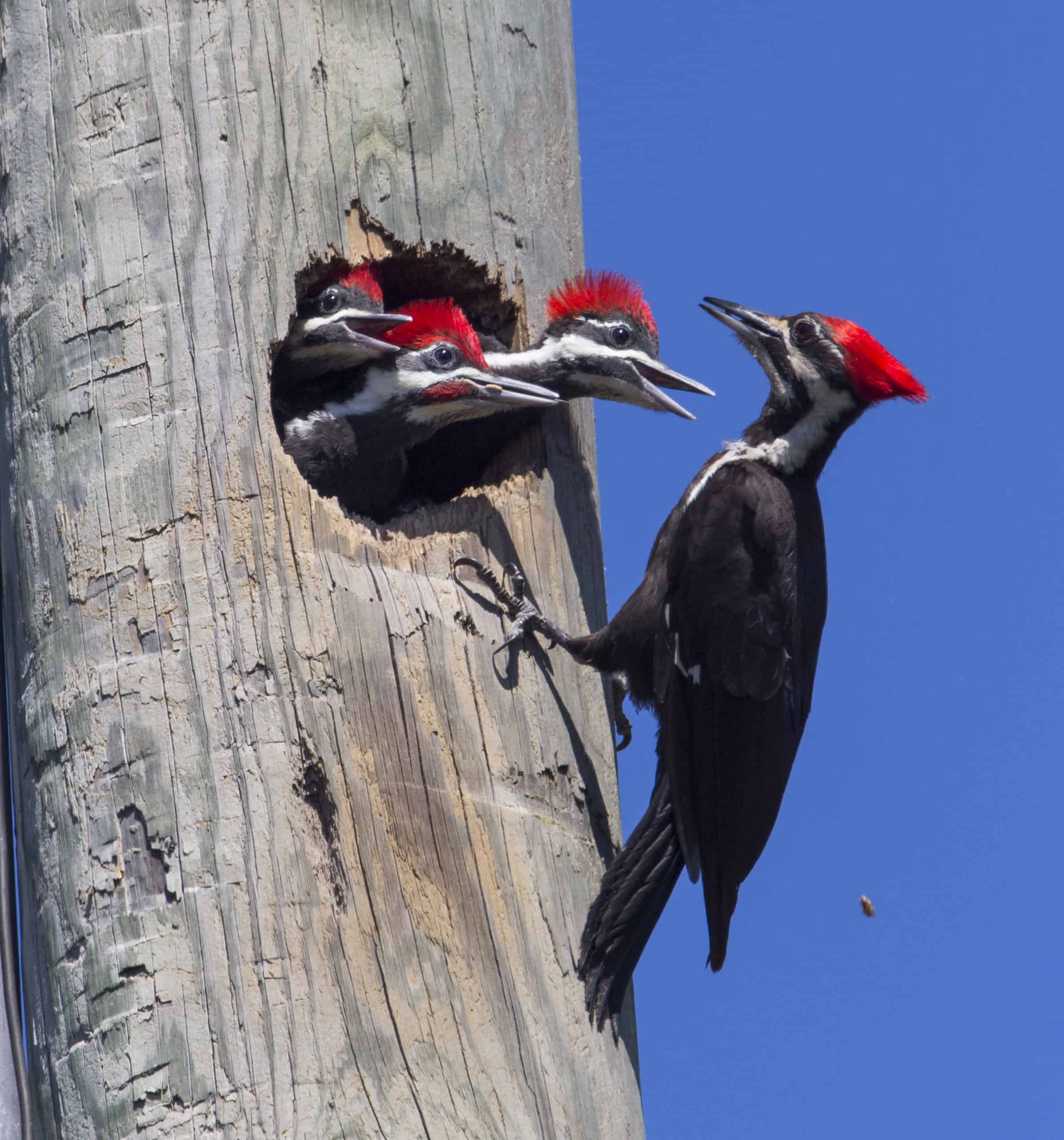
The traditionalists would state consistently that species that nest in houses are cavity nesters and, in nature, they nest in tree cavities resulting from decay or lightning strikes, or in old woodpecker holes. Such cavities have only one entrance. So, naturally they look for the same arrangement in human-provided housing. New Agers would point out that just because natural cavities typically have a single entrance, that doesn’t mean the birds wouldn’t prefer multiple entrances.
The Traditionalists counter by pointing out that if a woodpecker really preferred multiple entrances, it could excavate a second hole. New Agers respond by saying, although they might prefer multiple doors, one is acceptable, so, why go through all the extra effort to hollow out another entrance hole, just because multiple doors might be somewhat better. That would take energy needed to raise and feed young.
A strong argument favoring the New Agers is that birds do not like to attract attention to their nest. Predators might notice. With only one door, the parents are forced to use the same path to the front door and the nest. Predators notice activity and patterns. Approaching a nest on a branch is safer because it has 360-degree access and parents can use multiple flight paths to get to the nest, with no repeated patterns.
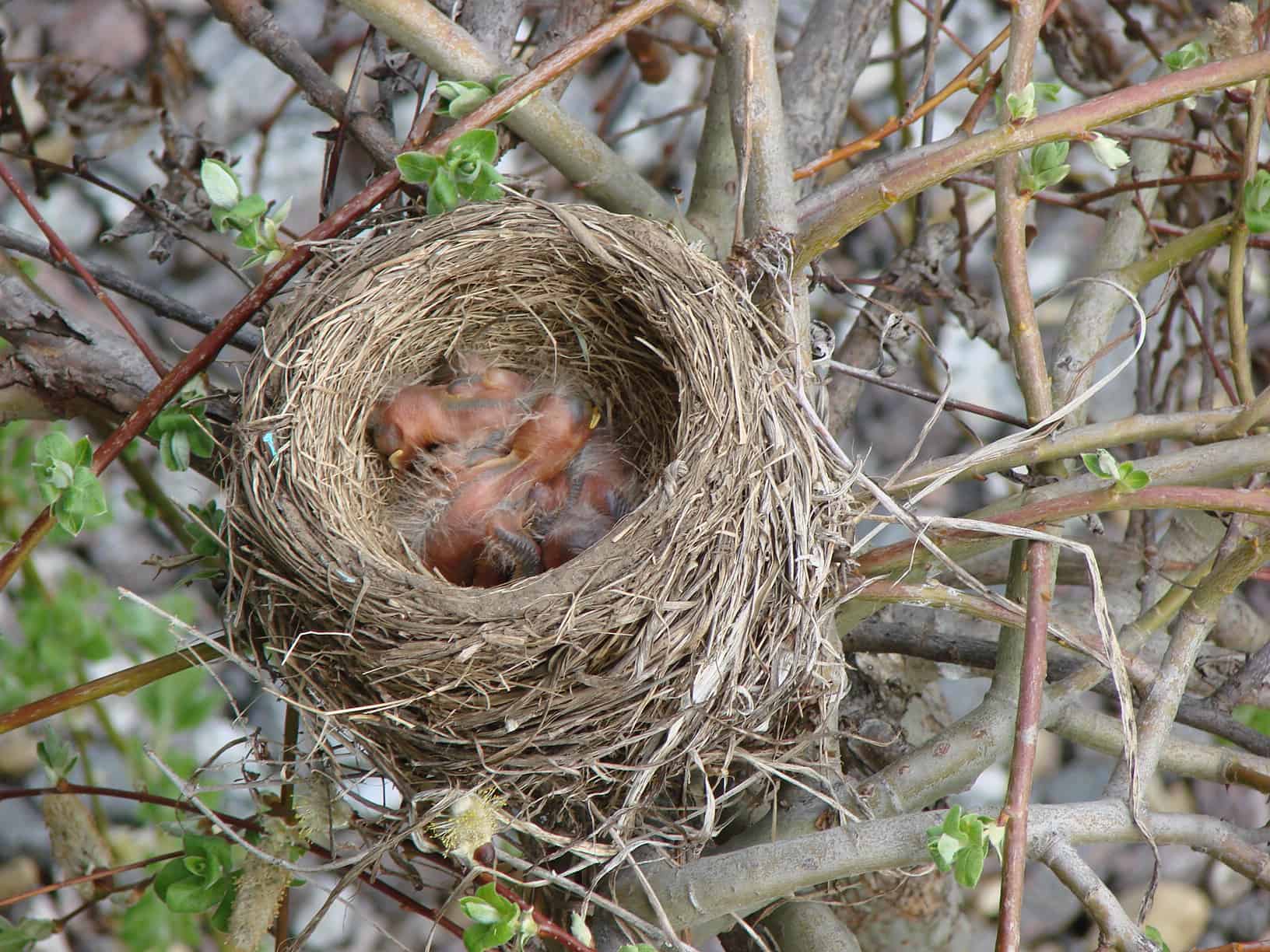
“Not true” the Traditionalists counter. A nest on a branch isn’t any safer from predators just because parents can fly in from any direction. The nest itself is out in the open. It isn’t hidden. Any predator passing by can more easily see a nest on a branch than one inside a tree cavity. A nest inside a bird house is completely hidden from a predator’s view. A nest in a box is safer than a nest on a branch even though it has a single entrance.
More entrance holes result in greater exposure of the nest, eggs, and young to the outside environment. On a rainy day, for example, more water may blow into the house when there are multiple openings. I’ve heard arguments that on windy days, two entrance holes might result in cool drafts that would chill the vulnerable young.
On the other hand, a common problem on extremely hot days is that the temperature inside a bird house can reach dangerous levels. In that situation, a little draft might prevent overheating.
No one really knows why there is only one door in conventional bird-house designs. Would multiple doors be better? Maybe not.
Other than purple martin apartment complexes, have you ever seen a bird house that has more than one entrance, either intentionally or by accident? Please share your observations! Tell us in a comment below how the birds reacted. Did the parents routinely use more than one entrance, or did they tend to use the same one all the time? Inquiring minds want to know!
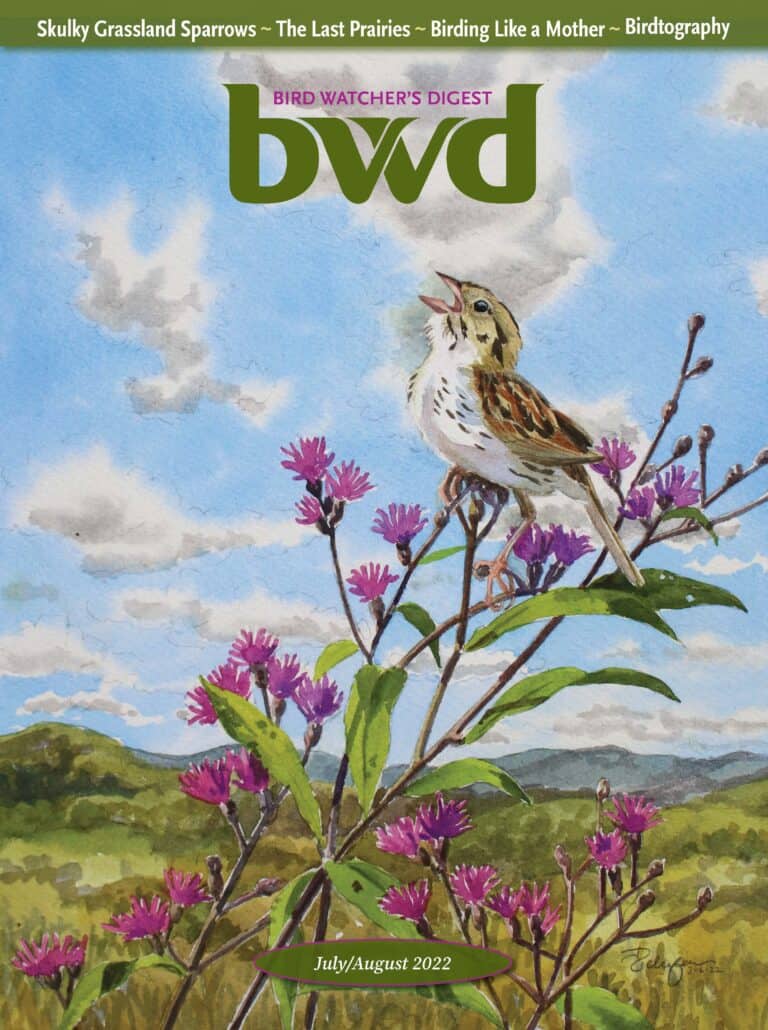
Looking to Subscribe?
Get 6 print issues of the magazine delivered to your door & free digital access
One Year Print Subscription: $26
(to US or Canada, includes digital access)
One Year Digital-only Subscription: $15

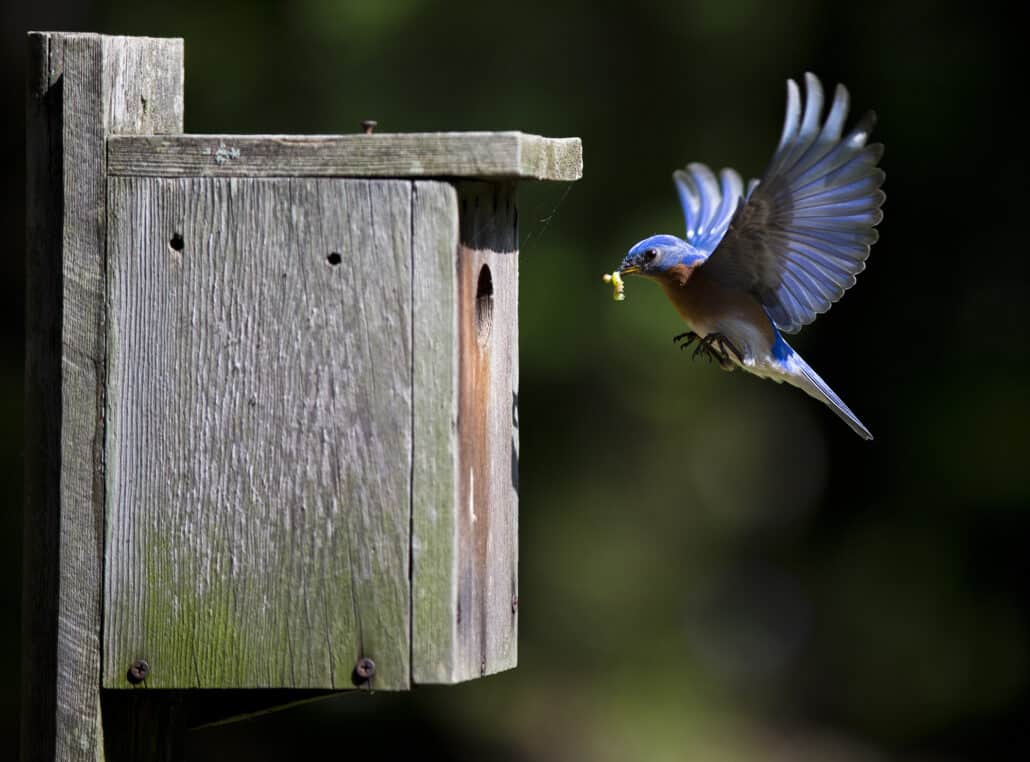
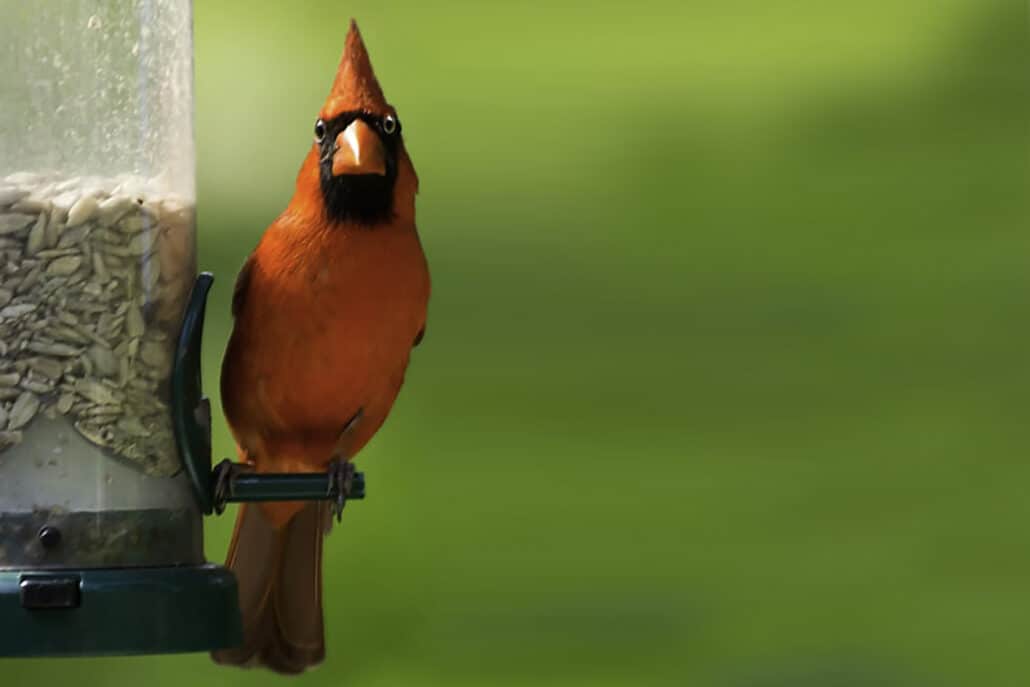


I’ve had two instances of nesting bluebirds being trapped and mobbed in their houses by sparrows and wrens. In one instance both parents were killed and the eggs destroyed. Two lessons learned: site bluebird boxes in open areas well away from where sparrows and wrens hang out (which is near buildings), and, a second entrance would have given them a chance to escape. Two entrances every time.
more openings. would be harder to defend. the eggs chick’s.